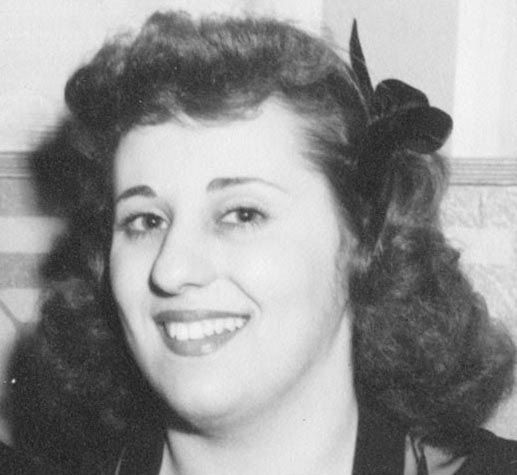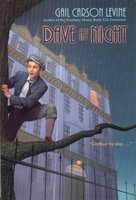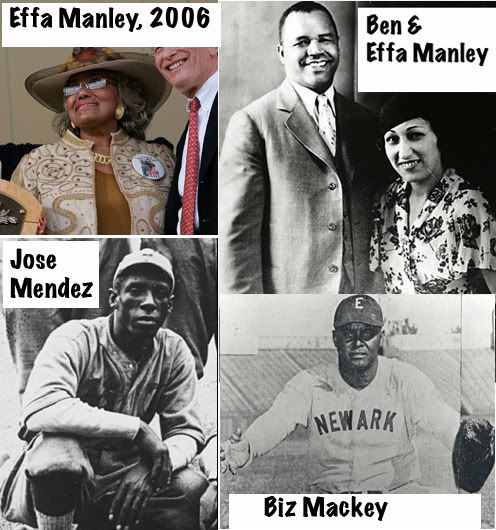the audio is from an npr broadcast of Sept. 28, 2001 images of Pee Wee Reese and Jackie Robinson and some of their teammates, including the racist Dixie Walker. Also a few scans of the children's book "Teammates," by Peter Golenbock that are relevant to the story. In the book version, however, Pee Wee refuses to sign the petition. Note in the team picture of 1947, Dixie has his head turned on purpose to show his displeasure of being Jackie's teammate. Branch Rickey would have him traded soon afterwards to Pittsburgh.
The year was 1947, and Jackie Robinson, baseball's first African-American player, was being unmercifully taunted by fans and opponents in Cincinnati's Crosley Field. Sickened by what he was hearing, my father walked from his shortstop position and draped his arm around his teammate. The simple gesture not only stopped the racial razzing that day, but it sent a profound message throughout baseball and the nation.
Remember, this was eight years before Rosa Parks refused to give up her seat on a bus to a white man. A public show of support between a white southerner and black man was unprecedented in 1947.
Long before terrorism had entered the American lexicon, another ism -- racism -- was the shadowy enemy that threatened to tear this country apart from within.
So there we were, looking at the statuettes, thinking of a different era when an unexpected visitor entered. The windows rattled and our souls shuddered -- terrorism arrived in a horrifying manner.
We now know the terrorists are trying to tear our county apart from the inside out. "Freedom and fear," said President Bush, "are at war." In some cases, that fear has provoked racism against American Muslims. Where does that leave freedom?
In 1947, these freedoms were tested when my father's teammate and best friend Dixie Walker circulated a petition that tried to bar all black players from Major League Baseball. And anyone who supported Robinson, Walker warned, also would be chased out of the game. At first, my father gave in to his fears, and supported the petition.
But in 1999, the year my father died, he told me he had learned an important lesson that trying day in Cincinnati: Don't give in to your fears. When the first World Trade Center tower crumbled like a house of glass, I held my mother close. I wanted to keep her from being trampled to death or pelted by debris. We ran into a neighboring building as fast as my mother's 79-year old legs would allow. In the dark of a bomb shelter, mom turned to me and said, 'I'm just glad your father isn't here to see this.'
At that moment, I couldn't help but think about those miniature bronze statuettes that had been left behind to fend for themselves at city hall. Amid the debris and dismay they represent courage, determination, and teamwork -- something we as Americans have been seeing a lot of lately. So I turned to my mother and said, 'No, mom, something tells me Pee Wee is here with us. And so is Jackie. Because we need their courage now more than ever.' My mother bravely smiled and nodded in agreement.
Mark Reese is a Los Angeles-based documentary film maker and writer. He and his mother were within a few blocks of the World Trade Center on the morning of Sept. 11.
 from 5/16/06 from pseudo-intellectualism
from 5/16/06 from pseudo-intellectualism 



















